 |
Pipe Beveling |
Pipe beveling is used to create a beveled surface on the end of the pipe. The opening created by the bevel gives the welder access to the total thickness of the pipe wall. A root pass is then made at the base of the bevel, followed by filling the entire bevel.
Types of Pipe Bevels
V-Bevel and Compound V-Bevel
The most common bevel angles are the V-shape (also called V-groove or regular bevel) and the compound V-shape (also called double V-groove). The chamfer angles in the V-shape are usually 30° and 37.5°. The Root opening is between 2 and 3 mm. For larger thicknesses double V is used.
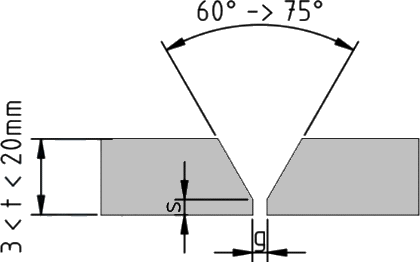 V-Bevel
V-Bevel
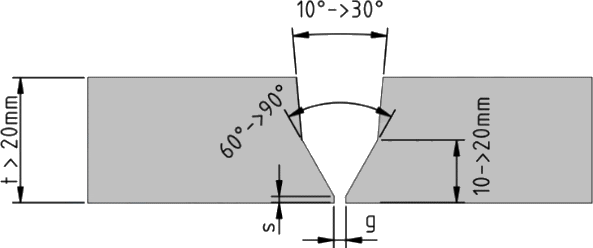 Compound V-Bevel
Compound V-Bevel
J-bevel, compound J-bevel
During machining, a small amount of material is removed and the welding process requires a small amount of welding material and wire. J-prep can be performed on both heavy-walled and light-walled tubes, while compound J-prep (also known as double J-bevel) can only be applied to heavy-walled tubes. For single J, the angle is between 5° - 20°.
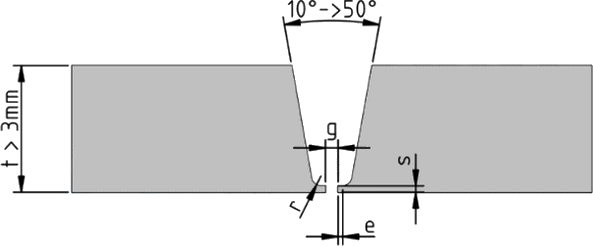 J-Bevel
J-Bevel
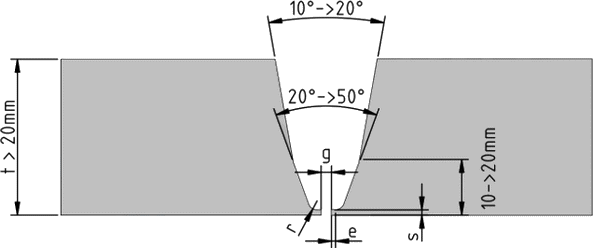 Compound J-Bevel
Compound J-Bevel
The Four Images Above Are From www.Protemusa.Com
Methods for beveling pipes
There are several methods for beveling pipes. Each method is suitable for certain applications and materials. Below are some of the most commonly used methods for beveling pipes in the construction industry.
Beveling pipes by hand grinding is a manual method. Although this is the cheapest beveling method, it is dangerous compared to beveling pipes with machines. Skilled operators use hand grinders to create beveled pipe edges. This is a time-consuming method and at the same time it is very difficult to maintain bevel quality because of the manual work.
Pipe beveling by flame cutting or plasma cutting is a beveling process in which a gas torch or plasma torch is used to remove the edge of the pipe under great heat. This method of beveling pipes is quite fast, but because heat-affected areas are created, post-processing is required.
Pipe beveling by mechanical beveling machines is the most efficient and accurate method for beveling pipes, suitable for both straight and round beveling. Pipe beveling machines can be portable or stationary.
Codes and standards for beveling pipes
ASME B16.25: Provides guidelines for preparing butt ends of pipes, including bevel angles and tolerances. The standard specifies bevel type, dimensions and tolerances for various pipe sizes, materials and thicknesses.
API 1104: Describes the requirements for welding piping and related facilities. It includes guidelines for pipe preparation, including beveling, ground plane and joint dimensions.
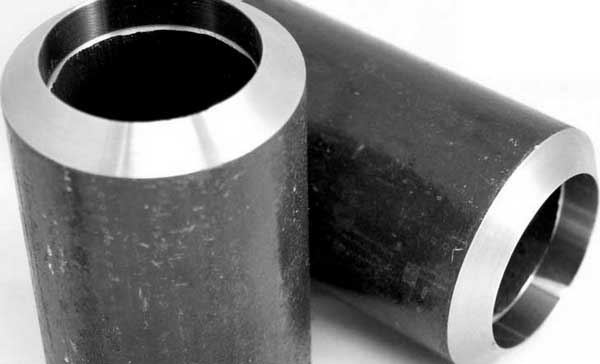 Beveled Ends Of Pipes
Beveled Ends Of Pipes